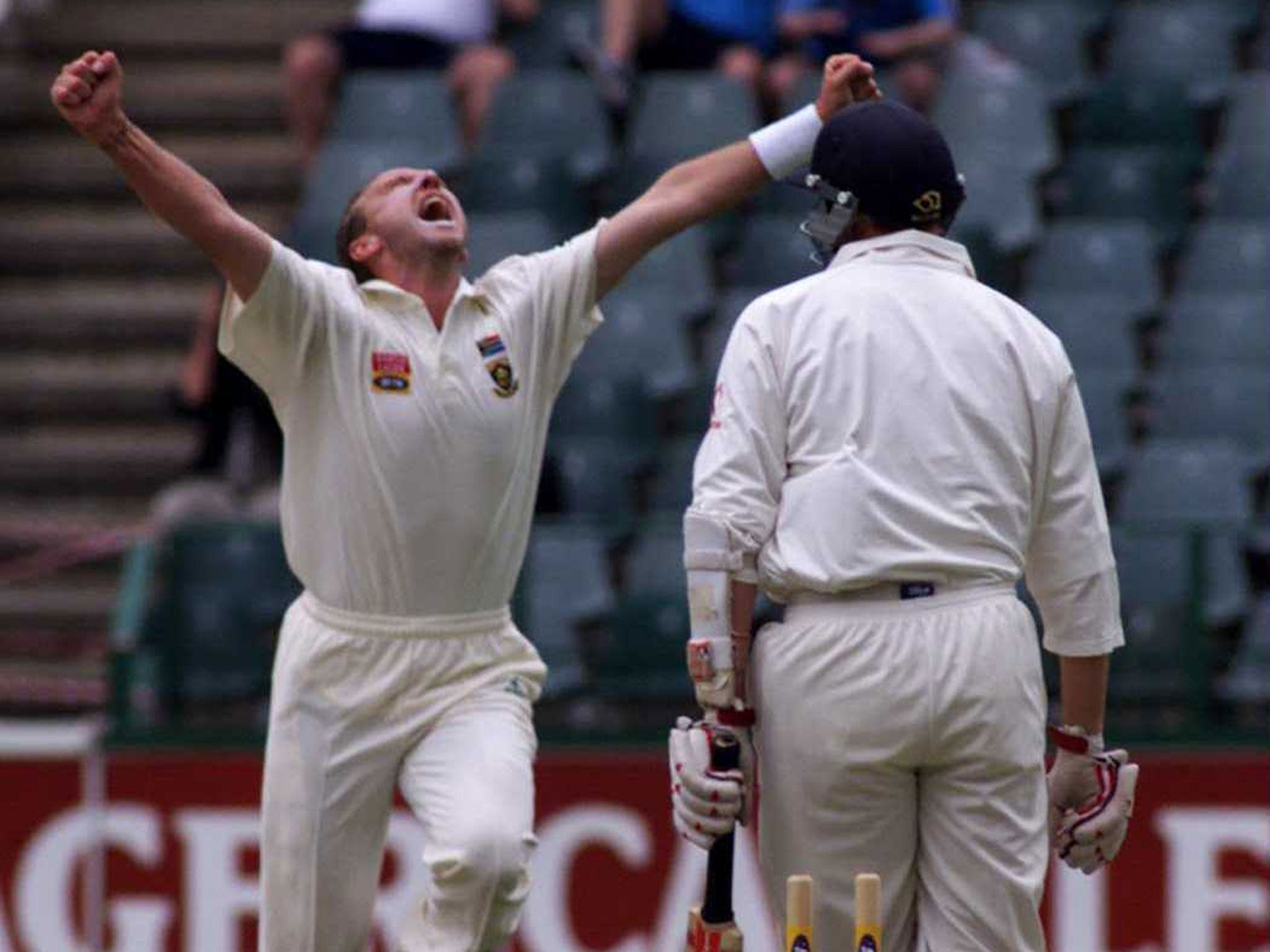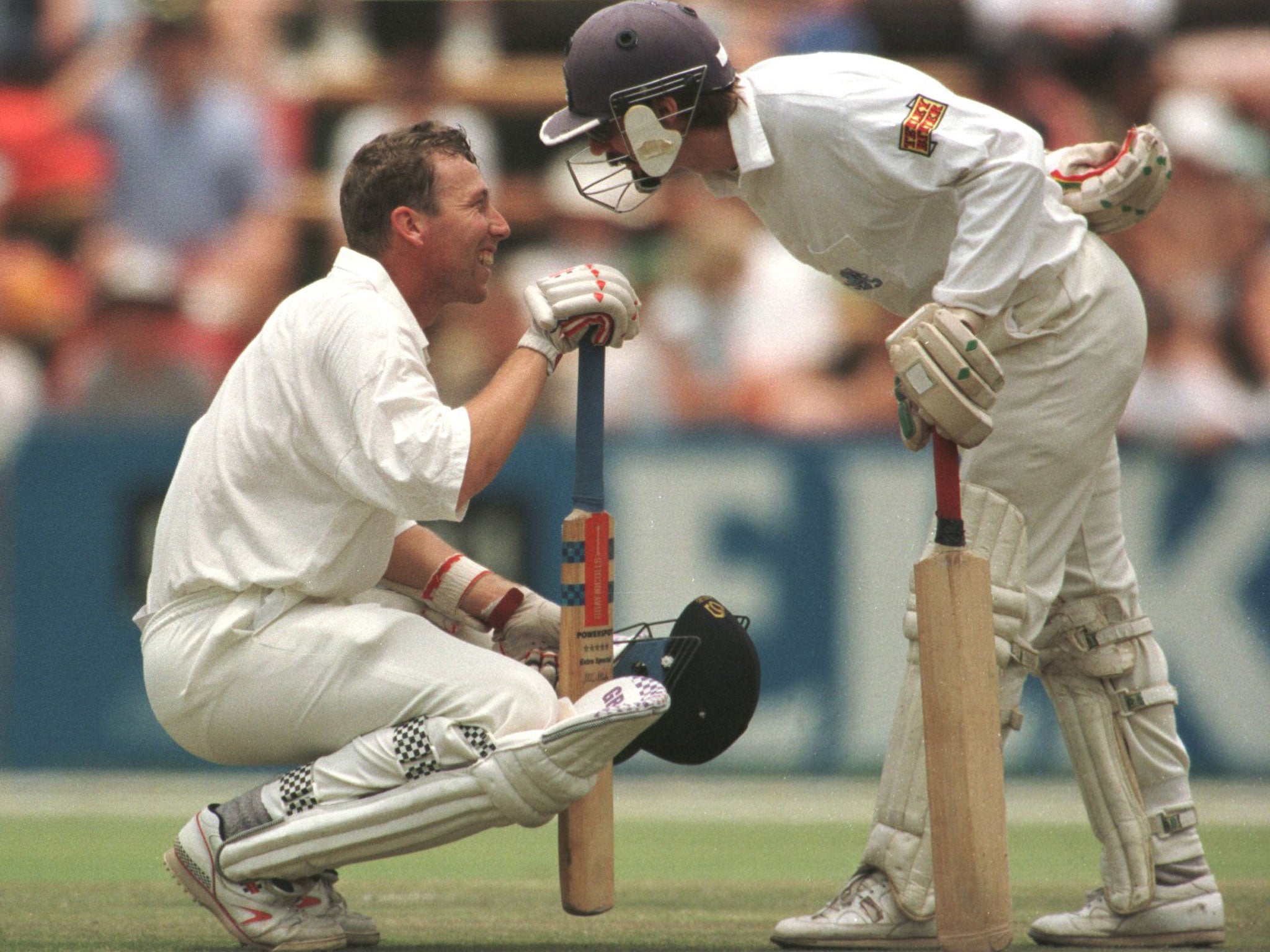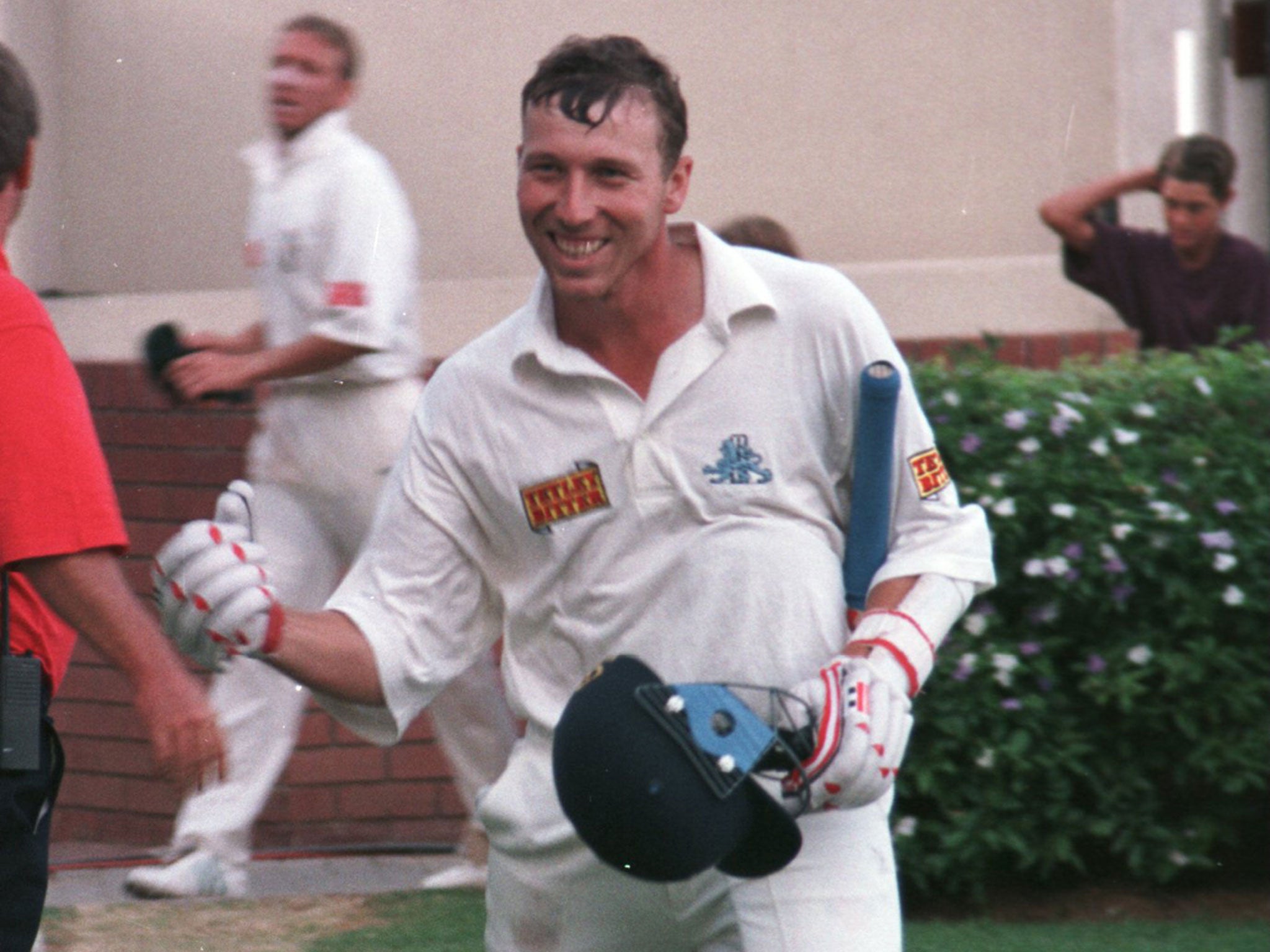South Africa vs England third Test: Swing can be key for tourists at Bullring bear pit
Tourists’ firepower means South Africa are desperate that talisman Steyn is fit

Your support helps us to tell the story
This election is still a dead heat, according to most polls. In a fight with such wafer-thin margins, we need reporters on the ground talking to the people Trump and Harris are courting. Your support allows us to keep sending journalists to the story.
The Independent is trusted by 27 million Americans from across the entire political spectrum every month. Unlike many other quality news outlets, we choose not to lock you out of our reporting and analysis with paywalls. But quality journalism must still be paid for.
Help us keep bring these critical stories to light. Your support makes all the difference.
England have finally departed Cape Town and the Atlantic Ocean for the high veld of Johannesburg. Although their arrival in the north will hardly make them feel like Major Tim Peake, they will undoubtedly notice the difference between being at sea level and 6,000 feet above it.
It may not be quite the same as going for a spacewalk but it can and does make a cricket ball and human lungs behave differently – as some of the more inexperienced members of the party will shortly discover. Adapting in the four days before the third Test starts at the Wanderers on Thursday will not be entirely straightforward.
There is one survivor in England’s playing party from the team that won at the Wanderers 11 years ago to take a crucial 2-1 lead in the series, which they went on to secure with a draw in the final match. Jimmy Anderson was a rookie then. It was his 12th Test in three years but he was still on the fringes of the team, still being advised to fiddle with his action, still unsure whether he would make the most of his undoubted raw talent.
In that match he was harshly treated, lacked rhythm and to some extent had to depend on the others to get him out of jail. He returns for his third match at the venue, 100 Test matches later, still as the vaunted leader of England’s attack. When Sir Ian Botham was talking of how bowlers may well look forward to these conditions, he had Anderson in mind above all. The ball will swing and move sideways off the seam and it will assuredly not be a match in which there are more or less matching first innings totals of 600-plus.

A positive result one way or the other can be expected. Only six of the 24 Tests at the ground have been drawn since South Africa re-entered international cricket in 1992, of which the most recent was a thriller, with South Africa and India needing eight runs and three wickets respectively. Three of the others were badly rain-affected and one involved Mike Atherton’s career-defining innings of 185 not out, played over almost 11 hours in England’s first Test match there for 30 years.
Anderson could be a significant factor in England’s attempt to win the series, but he will not be playing a lone hand. All three of Stuart Broad, Steve Finn and Ben Stokes are capable of undermining South Africa’s top order in a conducive atmosphere. The feeling that Finn, in particular, is close to producing something special is palpable. He looks like a bowler who is back to his peak and he looks as though he knows it.
It is probably why South Africa are desperate to have Dale Steyn fit for the match. His position as the world’s top-ranked Test bowler, which he had held for all but three months of the past seven years, might have been usurped, possibly temporarily, by Ravichandran Ashwin, but his record at the Wanderers is exemplary. Although there is a hint of decline prompted by the recent injuries he has sustained, to groin and shoulder, he remains a talismanic figure who has five times taken five wickets in an innings there.
The Bullring, as the Wanderers is known – without a hint of affection – is often reckoned to be the most intimidating arena in the world for visiting opponents. It has something to do with the long tunnel down which they must walk, abutting the grass area from where partisan home supporters express, in basic terms, their feelings of antipathy. This fearsome reputation is not quite supported by South Africa’s results at the ground. In the new era, their proportion of losses at the Wanderers – eight times out of the 24 matches puts it at 33.33 per cent – is higher than at any other home venue.
But England would be ill-advised to allow them to make a powerful start, especially with the ball. Sleep can still be interrupted for those who were at the ground in 1999. It was the first Test of the series and the atmosphere was distinctly febrile. England, with three debutants, were an unsettled team under a new coach, in Duncan Fletcher, and were the world’s lowest-ranked Test team.

They lost the toss in steamy, close conditions but when the first ball, from Allan Donald, went through at regulation height to the keeper, the colleague who was sitting next to me in the press box turned and said: “Flat, draw.” He was referring, succinctly, to the state of the pitch and the likely result.
It was to prove one of the least accurate journalistic prognostications. Barely 10 minutes later, England were 2 for 4, with Donald and Shaun Pollock wreaking havoc and breathing fire and brimstone. Two of the three debutants, Michael Vaughan and Chris Adams, pulled them round slightly but it was an uneven contest for the next three and a bit days. The tourists lost by an innings and never truly recovered.
Much better to recall the victories. England won the inaugural Test at the ground in 1956. One of the only two men still living who played for England then is Doug Insole, who will be 90 in April. He played only nine Tests, five of them on that tour. He was in Cape Town last week, still sprightly enough after a lifetime devoted to cricket as player and administrator. Peter Richardson, 84, is the other survivor. It was thanks to the second of his five Test centuries and a partnership of 121 with Colin Cowdrey that England were able to win.
Last time out, six years ago, England were hammered by an innings again when Steyn and Morne Morkel were altogether too hard to handle. If they are reunited on Thursday, South Africa, under a new captain in AB de Villiers, will feel a whole lot better about life.
But six years on, they may not possess the same potency. Without Steyn, it will be harder still. If the weather in Gauteng holds, it is difficult to think of it being a draw. The bowlers will be heavily fancied. But if an England batsman could score their eighth Test hundred at the Wanderers, it may be invaluable.
Join our commenting forum
Join thought-provoking conversations, follow other Independent readers and see their replies
Comments